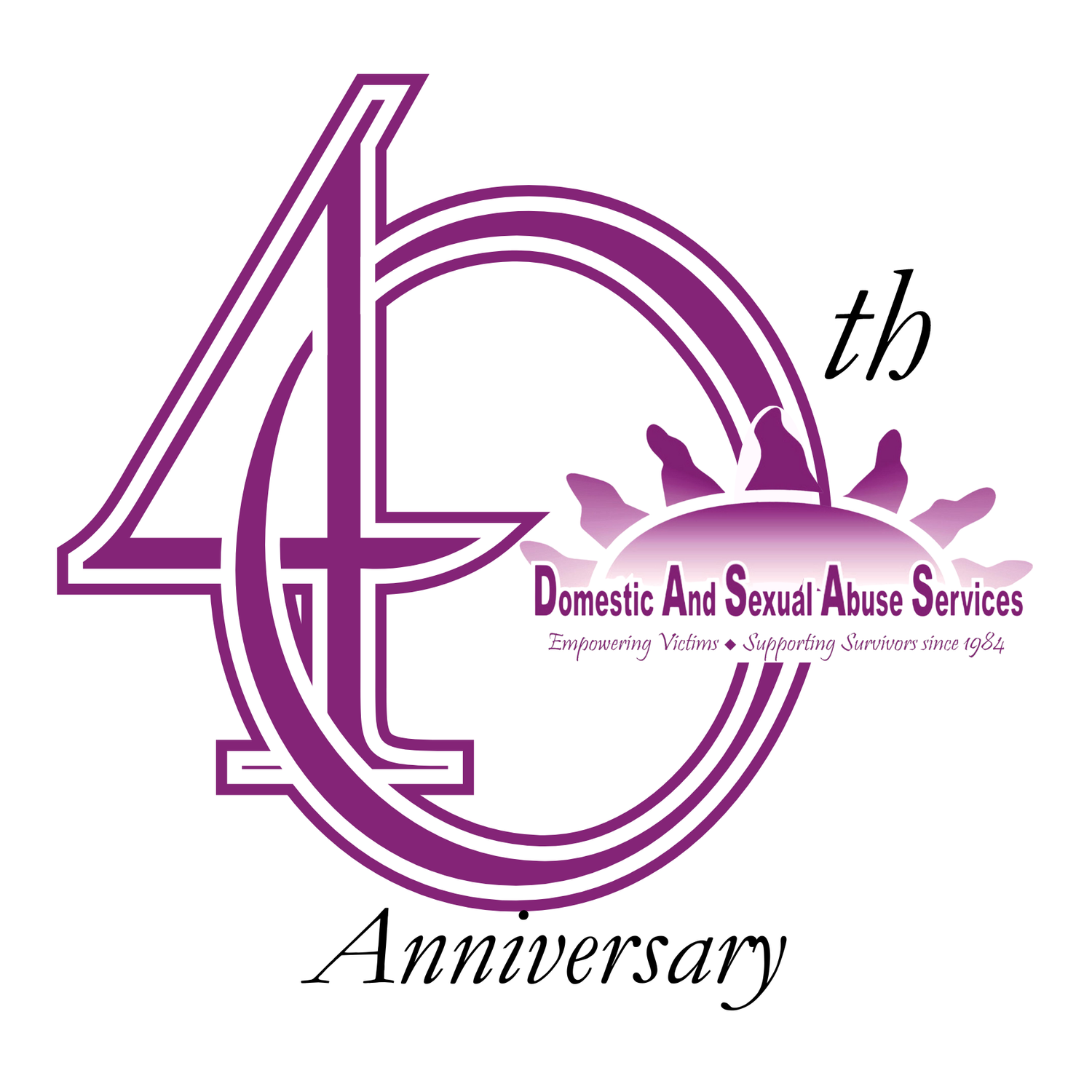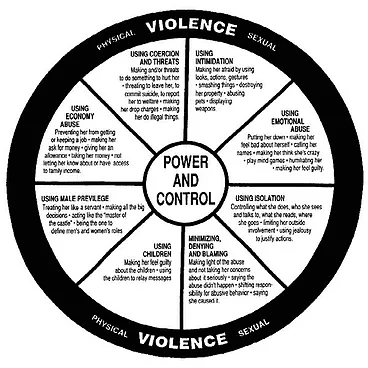Domestic Violence Services
Is it domestic violence?
Domestic violence is a pattern of abusive behaviors that adults and adolescents use to control their intimate or dating partners. It can include physical, sexual and emotional abuse and other controlling behaviors.
Are you wondering if you’re in an abusive relationship? Click or tap here to see our checklist.
It can happen to anyone.
Domestic violence, also known as intimate partner violence, is a serious and widespread problem. In the United States, 1 in 4 women and 1 in 9 men experience contact sexual violence,* physical violence, and/or stalking by an intimate partner in their lifetime and report negative impacts such as injury, fear, concern for safety, and needing services. Domestic violence can happen to anyone regardless of employment or educational level, race or ethnicity, religion, marital status, physical ability, age, sex, gender identity, or sexual orientation. However, the burden of domestic violence is not shared equally across all groups, with women and many racial/ethnic and sexual minority groups being disproportionately affected.
It's not your fault.
If you are being abused by your partner, you may feel confused, afraid, angry and/or trapped. All of these emotions are normal responses to abuse. You may also blame yourself for what is happening. However, please know that abuse is a purposeful and deliberate behavior where one person uses abusive tactics to gain power and control over another person. Abuse is never the victim’s fault.
Help is available.
Services that DASAS offers to survivors include:
(800-828-2023) 24-hour toll-free crisis hotline§
Outreach to survivors in their community
Supportive counseling
Self-assessment guide to assist survivors
Weekly support groups in various communities
Assistance in obtaining and enforcing a personal protection order
Legal advocacy and accompaniment to court hearings
Access to clothing, emergency medical services, financial assistance, transportation, and daycare
Information and referral to other services in the community
Referrals to provide survivors and their families with safe, affordable housing
Parenting skills assistance
Healthy Relationship Program for area schools
Support and education for kids that have witnessed domestic violence
Therapy
The following questions may help you decide whether you are in an abusive relationship.
Does your partner ever...
hit, kick, shove or injure you?
use weapons/objects against you or threaten to do so? ›force or coerce you to engage in unwanted sexual acts?
threaten to hurt you or others, have you deported, disclose your sexual orientation or other personal information?
control what you do and whom you see in a way that interferes with your work, education or other personal activities?
use technology to track, monitor or frighten you?
steal or destroy your belongings?
constantly criticize you, call you names or put you down? make you feel afraid?
deny your basic needs such as food, housing, clothing, or medical and physical assistance?
If you answered “yes” to any of the above, please know that help is available.
Power and Control Wheel
The Power & Control Wheel Explained:
Physical abuse is one form of domestic or intimate partner violence. It is characterized by the pattern of actions that an individual uses to intentionally control or dominate his intimate partner. That is why the words “power and control” are in the center of the wheel. A perpetrator systematically uses threats, intimidation, and coercion to instill fear in his partner. These behaviors are the spokes of the wheel. Physical and sexual violence holds it all together— this violence is the rim of the wheel.
If you are noticing a pattern, you may be in a violent relationship.
DASAS is able to help:
1.800.828.2023

